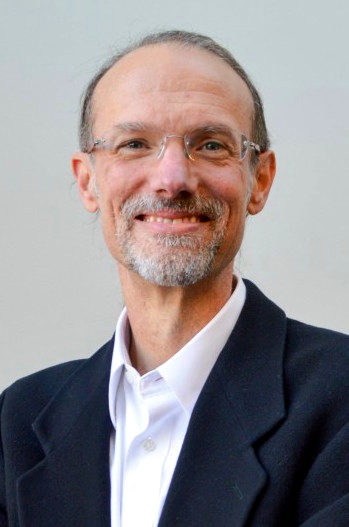Grinstaff team’s nanodrug might be first to solve vexing problem in liver
By Patrick L. Kennedy
A novel nanotechnology promises to be the first therapeutic to directly target the liver in the battle against a disease that afflicts roughly a quarter of the global population. The new treatment was reported in Nature Communication by Professor Mark Grinstaff (BME, Chemistry, MSE, MED), Xue Han (BME), and an international team of scientists and engineers.
When the liver is firing on all cylinders, it cleans out degraded materials from the blood, such as fat and proteins that are no longer needed. This process—one of the liver’s many useful functions—is called autophagy, and it’s carried out by lysosomes, tiny organelles within the liver cells.
But in 20 to 30 percent of people around the world, the lysosomes stop doing their job, for reasons not fully understood. Fat droplets start to clog and swell the liver, causing pain in the abdomen, as well as fatigue. The condition is known as non-alcoholic fatty liver disease (NAFLD), because it’s a liver ailment that is not related to alcohol abuse. Unchecked, it can cause cirrhosis and even liver failure.

“Today, there are not enough transplant livers to meet the demand,” says Grinstaff, who is a William Fairfield Warren Distinguished Professor, the most prestigious title BU bestows on faculty.
Because NAFLD is so prevalent, a variety of solutions have been proposed, and some have made it to market, but none of them directly solve the problem by removing the fat. “We wondered whether there were ways we could control or alter the biology of the liver so that it could process the fat,” says Grinstaff.
Grinstaff’s team sought to understand how fat is metabolized in and removed from the liver cell under ordinary circumstances; then they set about replicating that process with synthetic nanoparticles.
“We delivered a nanoparticle that basically rejuvenated that process—kick-started it and got it back up and running, so that it removes the fat,” says Grinstaff.
These acidifying nanoparticles (AcNPs) reactivate the lazy lysosomes, increasing the liver’s acidity to healthy levels and reversing the fatty buildup, as the researchers reported in Nature Communication. “That was the cool part, being able to actually see it work in the cell culture, and then in the animal model,” Grinstaff says.
In addition to Han, Grinstaff’s team included Jialiu Zeng (ENG’20), who was a BME PhD student and is now the Presidential Postdoctoral Fellow at Lee Kong Chian School of Medicine, Nanyang Technological University in Singapore; and Orian Shirihai, a former associate professor at the Chobanian & Avedisian School of Medicine who is now the chair of endocrinology, diabetes and hypertension at UCLA.
“It’s a highly convergent project,” says Grinstaff. “Lots of different ways of thinking came together to address this problem,” including Shirihai’s expertise in metabolic diseases. “Speaking with clinicians gives you insights that you just don’t have as an engineer.”
Grinstaff and Shirihai started working on the project with seed funding from a pilot grant project of the Boston University Nanotechnology Innovation Center (BUnano). The mission of BUnano is to support collaborative research in nanotechnology and facilitate the translation of BU faculty’s scientific discoveries to the market.
A fellow of the National Academy of Inventors, Grinstaff holds more than 200 patents or pending patent applications. “If things continue on a positive path, I think it would be wonderful to get to the first-in-human clinical trials within five years,” Grinstaff says. “This is a disease that is extremely common, it needs solutions, and there are not a lot of solutions out there.”
